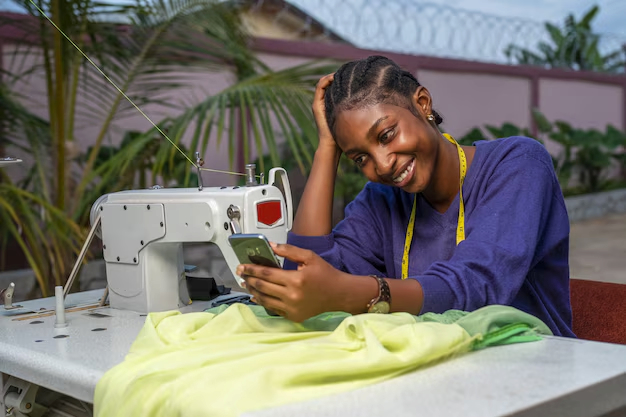The basics of how to sew — A beginner’s guide to getting started

Sewing is a valuable life skill that anyone can learn with patience and practice. Whether you want to repair your clothes, design your own outfits, or simply explore a creative hobby, understanding the basics of sewing is the perfect starting point.
Here’s a simple guide to help beginners get started with sewing from scratch.
1. Get familiar with basic sewing tools
To begin your sewing journey, you will need a few essential tools. These include a sewing machine for faster stitching, needles for both hand and machine sewing, strong thread in different colours, sharp fabric scissors (never use paper scissors on fabric), a measuring tape for accurate measurements, pins and a pin cushion to hold pieces of fabric in place, and a seam ripper to correct mistakes when needed.
2. Learn basic sewing terms
As you dive into sewing, it’s important to understand common terms used in the craft. A seam is the line where two pieces of fabric are stitched together. The hem refers to the folded edge of fabric at the bottom or side of a garment. A pattern is a template that guides how fabric should be cut and assembled. Backstitching is the process of sewing backward at the beginning and end of a line to secure the thread, while a bobbin is a small spool that holds the thread underneath the sewing machine needle.
3. Master simple sewing stitches
When starting out, every beginner should learn a few basic stitches. The running stitch is the simplest stitch for holding fabric together temporarily or permanently. The backstitch is stronger and used when durability is essential. The zigzag stitch works well for stretch fabrics or for finishing raw edges neatly, while the hem stitch is used to create clean and professional-looking edges on clothes.
4. Start with easy sewing projects
As a beginner, it’s best to start small and work your way up to complex designs. Simple projects like face masks, tote bags, pillowcases, aprons, or basic skirts and tops are ideal for practising your skills and building confidence before moving on to more challenging items.
5. Be patient and practice often
Finally, remember that sewing is a skill that improves with time and practice. Mistakes are part of the learning process, and even expert designers started with simple projects and many errors. The more you sew, the better you become.





